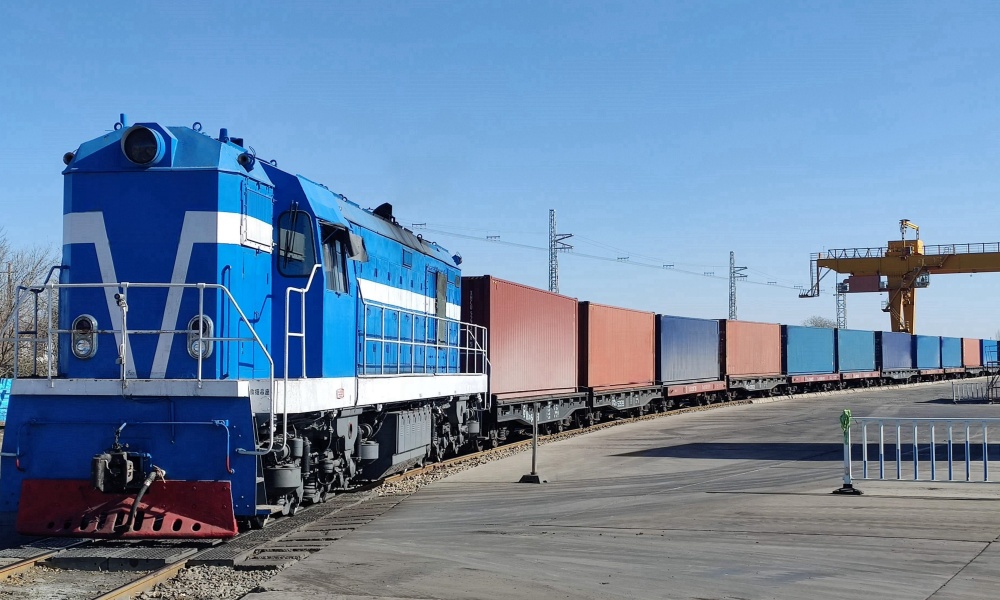Shipping electric vehicles (EVs) overseas requires careful consideration of packaging methods to ensure the safe transit of these valuable and environmentally sensitive products.

Protective Coverings:
Before being loaded for transportation, electric vehicles are often wrapped in protective coverings to shield them from potential damage during handling and transit. These coverings may include specialized plastic wraps or protective films designed to safeguard the vehicle's exterior surfaces from scratches, abrasions, and exposure to environmental elements.
Securing Components:
To prevent damage to sensitive components and ensure the vehicle's integrity during transportation, various parts and accessories of electric cars are securely fastened or immobilized. This includes securing items such as charging cables, side mirrors, spoilers, and other detachable components to minimize the risk of movement or damage during transit.
Bracing and Blocking:
Inside shipping containers or on vehicle carriers, electric cars are strategically braced and blocked to prevent shifting or movement during transit. This involves the use of specialized blocking materials, such as foam inserts, inflatable airbags, or wooden braces, to stabilize the vehicle and distribute forces evenly during transportation.
Custom Crating:
For added protection, particularly during long-distance shipments or when transporting high-value electric vehicles, custom crates or wooden cases may be constructed to enclose the vehicle securely. These crates are designed to provide a snug fit and may include cushioning materials such as foam padding or shock-absorbent materials to minimize the risk of impact damage.

